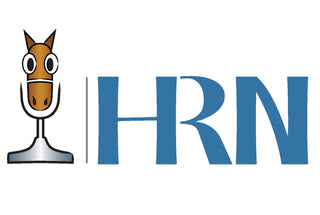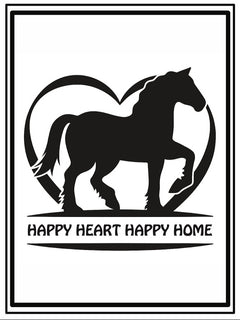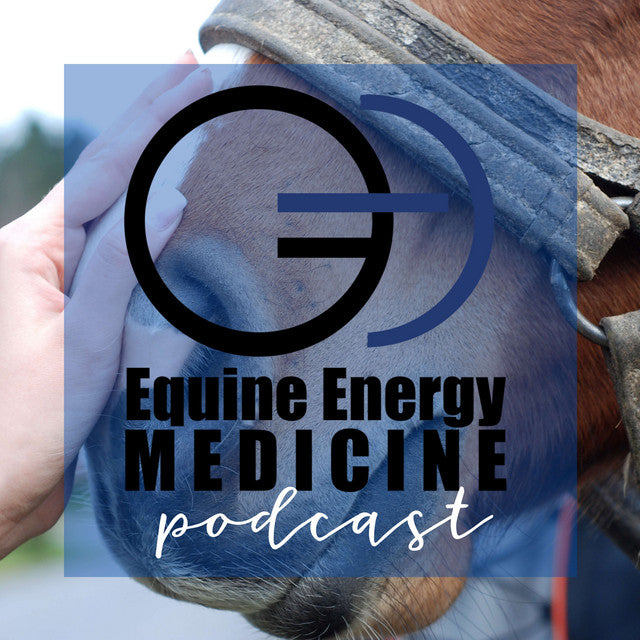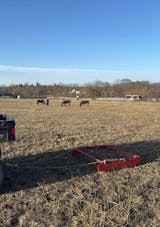 Introduction
Introduction
Every autumn in the UK, horse owners ask the same question: when should I start rugging my horse? The truth is that there is no one-size-fits-all answer. Rugging depends on each horse’s age, weight, coat, and lifestyle. Some horses stay comfortable without a rug until temperatures drop close to five degrees, while others need help much earlier.
Understanding how horses regulate heat and how to read their signals helps you make the right decision for your own horse. This guide combines practical experience with current UK advice to help you choose the right rug, avoid overheating, and keep your horse healthy as the weather changes.
How Horses Thermoregulate
Horses are far better at staying warm than we often give them credit for. Their bodies naturally adjust to cooler temperatures by growing a dense winter coat that traps air and forms insulation. As the days shorten and temperatures fall, this coat thickens, and the horse’s metabolism adapts to generate more body heat.
Movement and forage also help regulate temperature. Chewing and digesting hay create steady internal warmth. Horses allowed to move freely outdoors can maintain their body heat more effectively than those confined to stables. The key signs that a horse is coping well are a relaxed posture, a smooth coat, and warm ears behind the poll.
Blanketing too early can interfere with these natural processes. Over-rugged horses may sweat under heavy layers, leading to discomfort and even skin irritation. The goal is to support the horse’s own ability to adapt, not replace it.
Temperature and Clipping Matrix
Every horse is different, but you can use temperature and clipping level as a starting point. This simple chart applies to horses with shelter, good body condition, and access to hay.
|
Temperature (°C) |
Unclipped Horse |
Part Clip |
Full Clip |
|
15–10 |
No rug needed |
Light rug (50–100 g) |
Light rug (50–100 g) |
|
10–5 |
No rug or light rug in wet/wind |
Medium rug (150–200 g) |
Medium rug (150–200 g) |
|
5–0 |
Medium rug (100–150 g) |
Medium-heavy rug (200–250 g) |
Heavy rug (300 g) |
|
Below 0 |
Heavy rug (250–300 g) |
Heavy rug (300 g) |
Heavy rug with neck (350+ g) |
Use this as a guide, not a rule. If your horse is unclipped, healthy, and eating well, it can stay rug-free at ten degrees or even lower, especially with shelter and forage. Seniors, thin horses, or those fully clipped will need support sooner.

Wet and Wind Factors
In the UK, the real chill comes not just from temperature but from wind and rain. Wet coats lose their insulating power, and strong winds push cold air through the hair. Even hardy horses struggle when soaked and exposed for long periods.
If your horse lives out full-time, waterproof turnout rugs become essential during prolonged rain or sleet. Choose breathable fabrics so moisture can escape while the outer layer blocks water. If your paddocks are exposed, a field shelter or thick hedgerow offers valuable protection.
On calm, dry days, many horses prefer being rug-free. They roll, fluff up their coats, and stay naturally comfortable. Save rugs for nights when the forecast calls for heavy rain or cold wind. The golden rule is that horses cope better being slightly cool than even a little overheated.
Rug Fit Checks and Daily Inspections
A rug that fits poorly causes far more harm than no rug at all. It should sit smoothly across the shoulders without pulling or slipping back. Check that you can slide a flat hand between the chest and the front buckle. The rug should not press on the withers or restrict shoulder movement.
Look daily for rubs along the neck, shoulders, and chest. Early signs include hair loss, small bald patches, or dark sweat marks. If rubbing appears, reassess the fit or try a different cut. Adjust straps regularly, since rugs can shift as the horse moves or loses weight.
Inspect under the rug every day. Even a light layer can hide weight changes, skin irritation, or dampness. Remove the rug completely for grooming and allow the coat to breathe.
Common Rugging Mistakes
Many owners start rugging too early, which prevents horses from growing proper winter coats. Others use rugs that are too heavy for the weather, causing overheating. Feeling your horse’s ears or chest is more accurate than relying on air temperature alone. If they feel comfortably warm but not hot or damp, the rug is suitable.
Avoid stacking multiple thick rugs without reason. Layering can trap moisture, add unnecessary weight, and create friction. Instead, adjust rug weight to daily conditions. Keep spare rugs clean and dry so you can rotate them as weather changes.
Remember that age, breed, and workload all matter. A clipped competition horse turned out overnight may need a medium rug at ten degrees, while a native pony in good condition might need nothing more than shelter and hay until the temperature drops near freezing.

FAQs
Do unclipped horses need a rug at ten degrees Celsius?
Most unclipped horses do not need a rug at ten degrees, provided they have shelter and access to hay. Their coats trap air for insulation, and natural movement keeps them warm.
What rug weight after clipping in October?
After a partial clip, a light or medium rug, between one hundred and two hundred grams, suits mild October weather. Fully clipped horses usually need a medium rug once temperatures fall below ten degrees, and a heavier rug as it nears freezing.
How do wind and rain change rug choices?
Wind and rain increase heat loss significantly. Horses can tolerate lower temperatures when dry, but even moderate wind with rain can make them cold. Waterproof, breathable rugs are essential for wet conditions, especially for horses living out full-time.
How often should I check rug fit?
Check fit every day. Adjust straps, inspect for rubs, and remove rugs fully at least once daily to groom and assess body condition.
Conclusion
Rugging in autumn is about observation and balance, not routine. Each horse handles the season differently, depending on its coat, clip, and environment. Use temperature as your guide, but trust what you feel when you place your hand under the rug.
As a general rule, many horses cope comfortably rug-free until around five degrees, provided they have shelter, forage, and freedom to move. Watch the weather, adapt to the horse in front of you, and let practical experience guide your decisions. With thoughtful management, your horse will transition smoothly into winter, warm, dry, and perfectly comfortable.




























